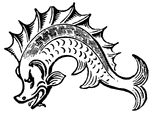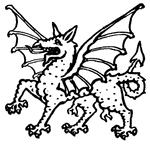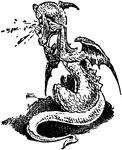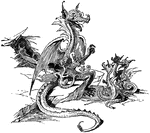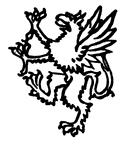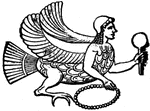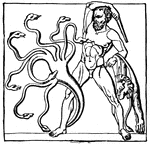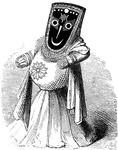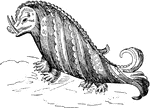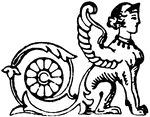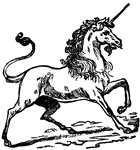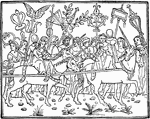Mythological Creatures
The Mythological Creatures includes 34 illustrations of unicorns, dragons, and other creatures from ancient mythology.
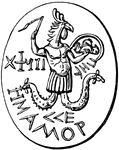
Abraxas
"A mystical word used by the Gnostic followers of Basilides to denote the Supreme Being, or, perhaps,…
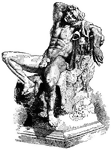
The Barberini Faun, or Drunken Satyr
Illustration of the life-size marble statue located in Munich, Germany. It was found in 1620 in a moat…

Basilisk
A legendary reptile reputed to be king of serpents and said to have power of causing death by a single…

Centaur & Man Standing on Shore
An illustration of a centaur and man standing on the shore of a lake.

Dagon
The national god of the Philistines, represented as formed of the upper part of a man and the lower…
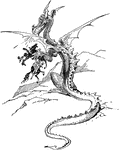
Dragon Holding Knight & Horse in Claw
An illustration of a dragon holding a knight and a horse in his claw.
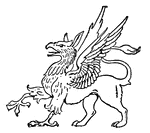
Griffin
In heraldry, the griffin is a fabulous animal, with the head and forefeet of an eagle, and the body,…

Greek Griffin
The Greek Griffin is associated with Antiquity and fire, usually appears on Candelabras and friezes.…

Griffin Renaissance
The Renaissance Griffin is associated with Antiquity and fire, it appears on Candelabras and friezes.…

Roman Griffin
The Roman Griffin has the body of a Lion and the head and wings of an Eagle. The Griffin is usually…
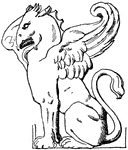
Sitting Griffin
The Sitting Griffin is used as a support of a seat in the Castle of Gaillon during the French Renaissance.
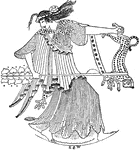
Maenads
In Greek mythology, Maenads were the female followers of Dionysus, the most significant members of the…

Oannes
"The name of a Babylonian god, who, in the first year of the foundation of Babylon, is said to have…
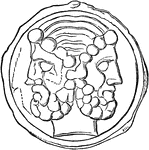
Ondine
Ondines or undines are elementals, enumerated as the water elementals in works of alchemy by Paracelsus.…
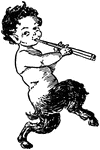
Pan
Pan in Greek religion and mythology, is the companion of the nymphs, god of shepherds and flocks, of…
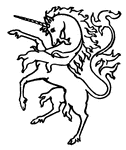
Unicorn
The unicorn is a mythological creature usually depicted as a white horse with a slender horn atop its…


